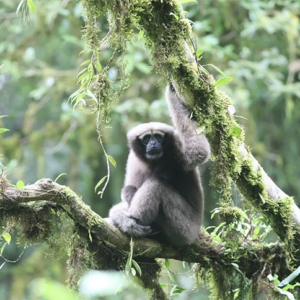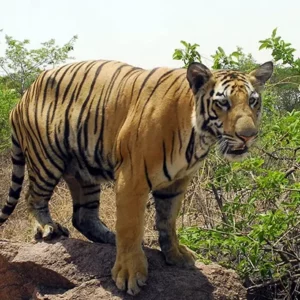
Humans have seen about 52 percent of the world’s biodiversity vanish from the face of the planet over the last 40 years. You will be absolutely right if you believe this is a massive loss.
In reality, researchers have reported that current mass extinctions are 1,000 times greater than the average, implying that we will lose a large number of plant and animal species in the coming decades, some of which will become extinct before they’ve been uncovered.
Thankfully, many organizations like Ellipse Projects and other relevant people refuse to sit idly and watch the world’s animals being poached out of existence for trinkets and powders. On the other hand, combining poachers is a difficult challenge because they’ve had to get imaginative to protect the world’s wildlife. But with certain strategies, we can save our world.
Endangered Species Microchipping
The same concept is being introduced to Kenya’s rhino populations, similar to how your dog has a microchip in case they get lost. In 2013, the Government of Kenya, in cooperation with the World Wildlife Fund, launched an initiative to microchip all rhinos in the country in order to not only monitor rhino populations but also to pursue and prosecute poachers. Aside from this, Ellipse Project, a French company, helped Kenya in updating their radio systems which have helped, of course.
Dogs for Anti Poaching
Your dog is indeed a champion in your eyes, but then what if he could also save sea turtles threatened with extinction and fight shark finning? That would be incredible. That is precisely the approach taken by Sea Shepherd when establishing their anti-poaching dog squads. The Sea Shepherd canine team is currently on the trail of avoiding species extinction by working on the Galapagos Islands to sniff out illegal marine life traffickers.
Rhino Horn Poaching
The horns of rhinos are poached. Rhino horns are believed to have strong medicinal properties that can help cure cancer, despite being entirely made of keratin (FYI, they cannot). As a result, the Namibian government has agreed to “dehorn” their endangered rhinos to eliminate the “valuable” portion of the rhino that sometimes results in death. Although this is a very innovative and brilliant concept, it may not appear to be as successful as the state hopes.
Invoking Google Glass
Think again if you believed Google Glass was just for Silicon Valley techies or hipsters! The World Wildlife Fund’s (WWF) anti-poaching teams in Nepal are now using Google Glass thanks to a grant from Google. The WWF seeks to preserve the “poach-free” status of the local rhino populations by using these specialized specs to monitor and record their moves. That’s what I call innovation for a worthwhile purpose.
What is causing the extinction of wildlife in such large numbers? Unfortunately, it’s us. There’s been five key cycles of an extinction event in Earth’s recorded history, some caused by changing atmosphere and others by asteroids. However, human activities are to blame for our current state of mass species extinction and with the right approach, we can preserve what’s left.


